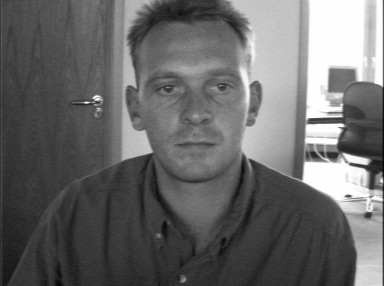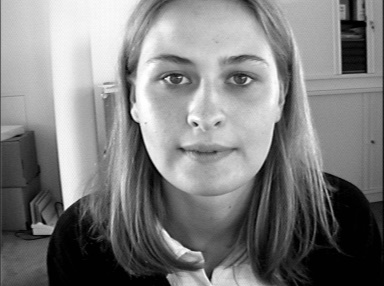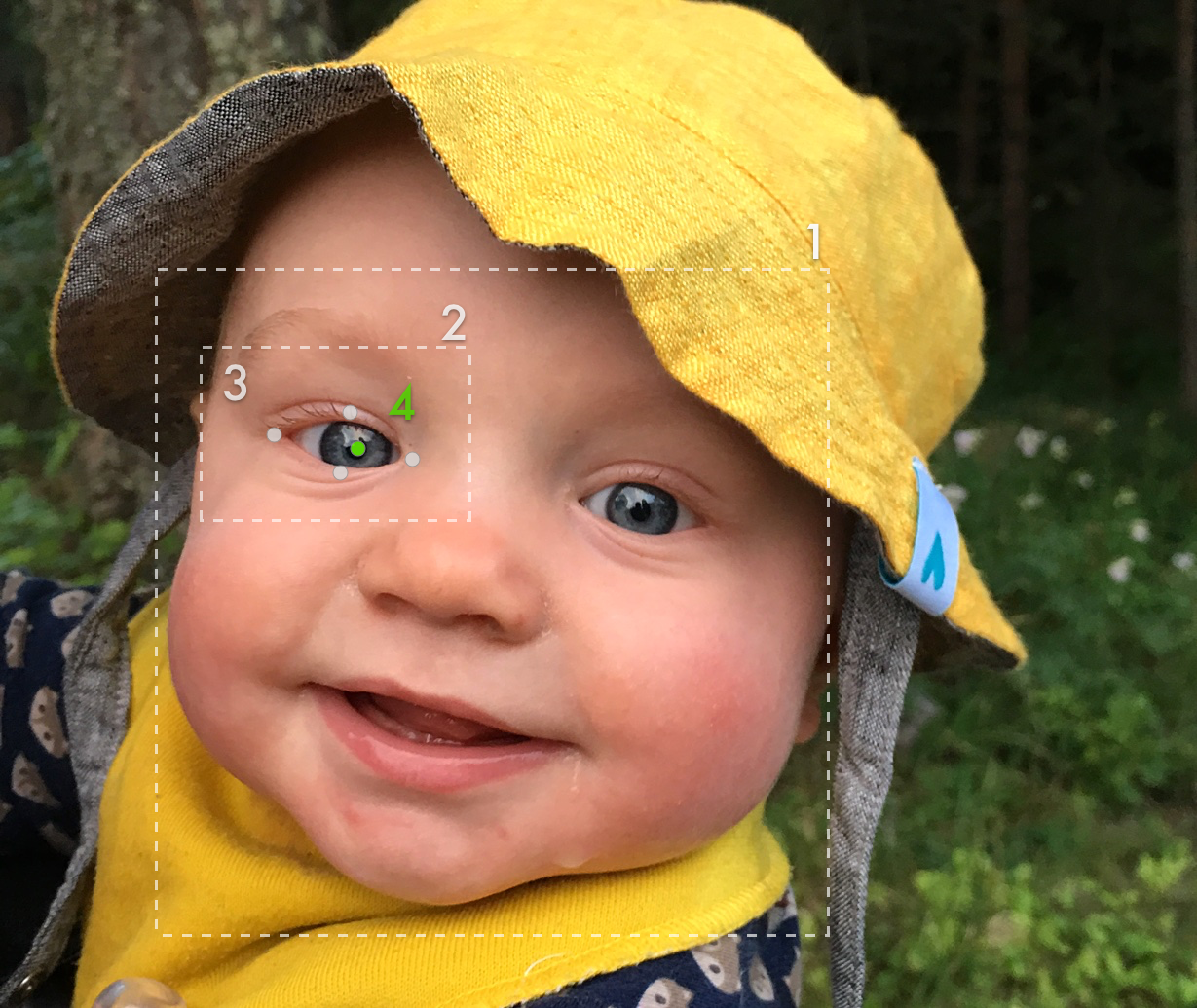Summer Recap
During the summer it became increasingly clear that I had yet again underestimated this project. While I am more knowledgeable in the subject this year compared to last, there have been setbacks where I did not quite expect them.
The curse of Timm and Barth
A search at the time of writing the project proposal resulted in heaps of interesting material on Github and YouTube. I figured I would have a wide and diverse solution space to learn from but going through it all this summer, I realized that most of them could be placed in either of the following two categories:
-
Solutions that claimed to do one thing but in reality did another. In many cases explicitly leaving the important part for later
TODO Pupil tracking. Using the midpoint between eye corners for now.In other cases, like Apples new Vision API, returning data points for pupils like they are part of the landmark detection when they are actually just based on other detected features (so not useful in this context).
-
Rewrites of Tristan Hume’s implementation of Timm and Barth abound. I didn’t see it at first because the variable names where different or they were using Matlab, Python or Java instead of C++. Now, this is not a bad solution in itself but the way it is implemented it has quadratic time complexity in the number of pixels so it is slow unless one really narrows down the area to apply it to (which might not be as easy as it sounds).
BioID Face Database
There are a few standard datasets that are widely used for comparing the performance of an algorithm described in a paper to other algorithms trying to solve the same problem, e.g. BioID and Gi4E (which I have not looked into yet as it is not publicly available).
The BioID database has 1521 grayscale photos with a resolution of 384 x 286 pixels, such as the below examples


For some reason I had assumed algorithms were designed for some dataset but also generalized to the reference datasets when in reality, they are optimized for, say, BioID and could generalize poorly to other datasets. At the very least one would have to adjust parameters like kernel and window sizes for images of higher resolution.
What is less obvious is that BioID almost exclusively contain front-facing faces with pupils centered, which means good results on BioID is no guarantee for localizing pupils in images where the person is looking to the side. That is, people might do pupil localization for purposes other than what I have in mind (which is obvious in hindsight).
Since I want to make as few assumptions about the distance to the camera and to the facial alignment as I can, coming up with something that is invariant to, say, scale seems trickier than I first thought.

